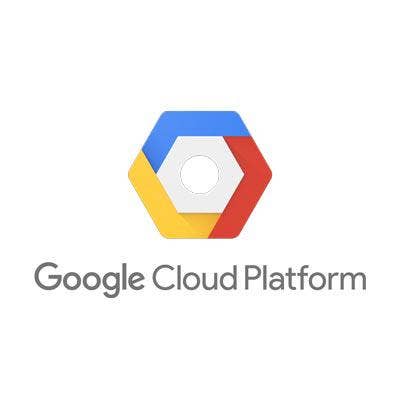Google Launches Nvidia P4 GPUs To Bulk Up Google Cloud Virtual Machines

Google added another arrow to the quiver of solution providers deploying next-gen services Monday by introducing Nvidia P4 graphics processors to its cloud.
The P4 GPUs are good fits to accelerate inference engines executing pre-trained machine learning algorithms, as well as deliver remote application and desktop functionality to workers in the field.
For those two workloads, the P4s "provide a good balance of price/performance," Ari Liberman, a Google Cloud product manager, said in a blog post.
[Related: Google Merges AI, IoT With New Chips And Machine Learning Platform]
Released in beta in North America and Europe, Nvidia P4s can be attached to any Google Cloud machine types to bulk up their base computational resources.
Coupled with Nvidia's GRID technology, the P4s will make Google Cloud a better host for virtual workstations by powering faster graphics delivery to remote devices.
Machine learning inference—making predictions based on real-time data rather than the more compute-intensive process of training new algorithms—is useful for tasks such as visual search, interactive speech and video recommendations, Liberman said.
Those capabilities are increasingly sought by enterprises, creating opportunities for Google partners focused on deploying intelligent solutions that solve unique business challenges.
Kartick Sekar, Google Cloud solutions architect at Pythian, an Ottawa, Canada-based partner specializing in AI and analytics, told CRN there are several emerging use cases where the new GPUs will prove beneficial.
In the realm of visual analytics, the P4s will "significantly reduce time for image processing and allow for more-complex scenarios of image identification, tagging and image-based learning" by scouring online image sources like Pintrest and Google Image Search, Sekar said.
Speech services like speech recognition, detection, transcription, translation and sentiment analysis are also greatly in demand.
Beyond speech and video, partners can apply inference analysis to conducting fraud detection for the financial services industry, object recognition for virtual and augmented reality, location analytics, even guiding drones based on weather data.
There's also a lot of potential, though it's still not a common use case, to incorporate artificial intelligence to speed the analysis of data coming from Internet of Things sensors deployed in the field, Sekar said.
Ekaba Bisong, a data scientist at Pythian, said features like the integration of P4 GPUs underscores why the solution provider is "keenly aligning" with Google Cloud.
Google is empowering data-focused partners with the combination of powerful infrastructure and services for model development and deployment that enables delivery of "high performance and efficient AI and advanced analytics solutions across diverse market verticals," Bisong told CRN.